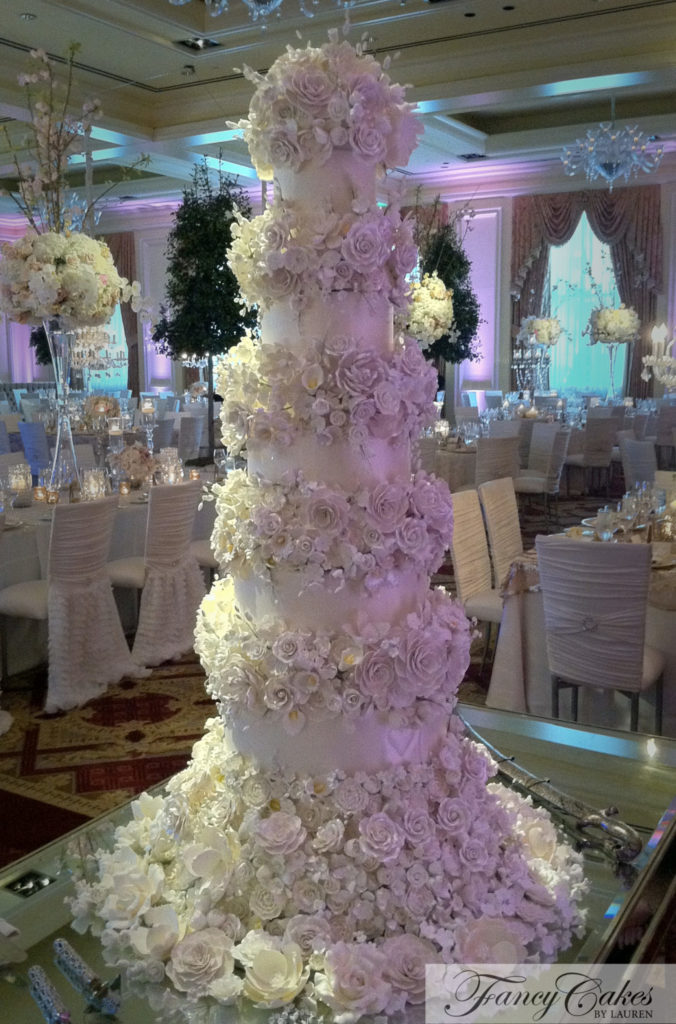
How to Make Cake By Lauren Kitchens
(If you bake your cakes from scratch, this article is not for you. Learn how to make cake)
Shortly after graduating college, in an effort to take my cake obsession to the next level, (how to make cake) I got a job at a cake supply store. I ran the cash register, restocked cookie cutters, and listened to the mesmerizing conversations of the women who shopped and attended classes at the store.
The one topic that always came up was the controversy over cake mix versus a cake made from scratch. The tone was always secretive, in an “I’ll show you mine if you show me yours” kind of way.
At the time, around the mid-90’s, there was a lot of shame associated with cake mixes. If a cake decorator of any merit admitted to using a cake mix, the reaction was extreme. Either a frown of judgment or a sigh of relief would come from the person observing this secret information.
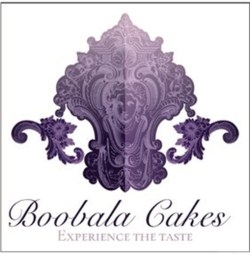
As a budding cake artist, I never thought using Duncan Hines would be such a fatal flaw. “I’m a cake decorator,” I thought to myself. “I’m not a pastry chef.” I was on a mission to find an easy and fast way to bake my cakes so I could get down to designing and decorating, which is what I love about cakes in the first place. When I was starting out, baking a cake from scratch was tiresome and pricey with unpredictable results. The glorious cake mix was cost effective with reliable moistness and deliciousness. Why all the shame?
I continued on my path of cake-discovery and attempted to bake a scratch cake. But time and time again, my clients preferred the soft, sweet cake mix. However if I ever told a client they were eating Duncan Hines cake doctored up with extra ingredients and decadent flavor compounds, they would probably cancel their order simply because it was a cake mix.
And there was the cause of the Cake Mix Shame: the idea that anyone can make a successful cake if using cake mixes. Why buy the cake if anyone can make it? Admitting to using a cake mix automatically devalues your work as a cake decorator, a sentiment I find absolutely ridiculous. On that same vein, can we say that a gold-medal winning cake designer who has entered prestigious competitions around the world isn’t as valuable or skilled or worthy because they decorated a Styrofoam cake? Nonsense.
I remember a wonderful home-based cake decorator who I met years ago. After making hundreds of wedding cakes for countless brides, her words of wisdom still ring true: “If you crack an egg, then you’re baking from scratch.” Of course, this rationalization was a feeble attempt to lessen the cake mix guilt in all of us. But it does make sense. How far can we take this rationale?
There are some commercial cake mixes that are a “just add water” cake mix. There are also some commercial bakeries that purchase sheets of frozen cake from food companies. What’s the limit? What’s the standard? But most importantly, what do you feel most comfortable with in the choices you face?
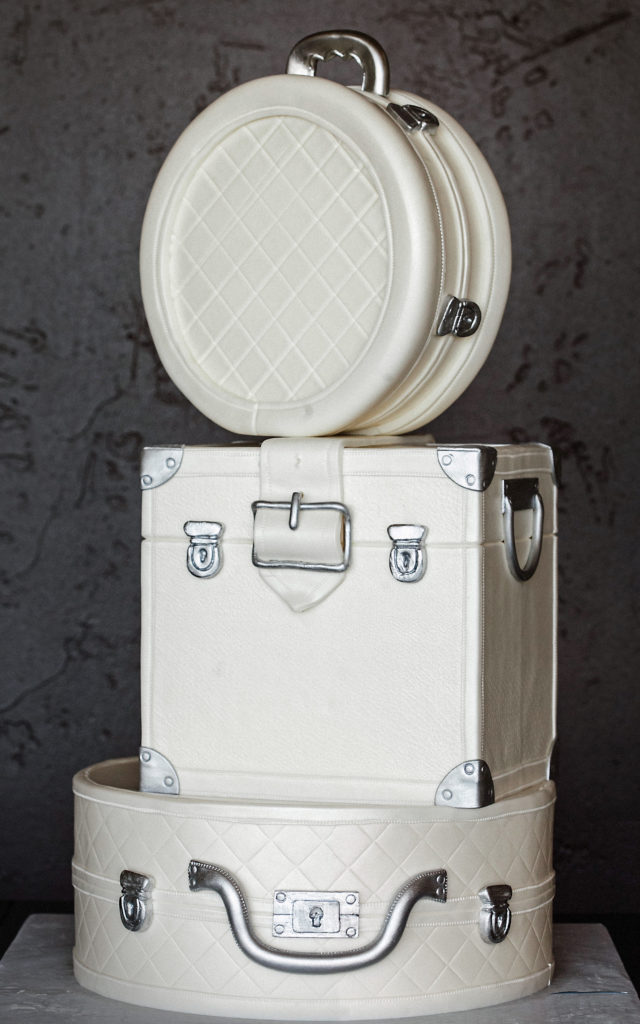 Typically, American clients prefer a light, soft, and sweet cake. When I teach cake classes outside of the US, I show them two cake recipes in the class books, and they look at me funny when they see the word cake mix. “What’s that?” Lucky for me, I also include a wonderful chocolate buttermilk scratch cake recipe as well.
Typically, American clients prefer a light, soft, and sweet cake. When I teach cake classes outside of the US, I show them two cake recipes in the class books, and they look at me funny when they see the word cake mix. “What’s that?” Lucky for me, I also include a wonderful chocolate buttermilk scratch cake recipe as well.
I just assumed cake mixes were prevalent in every country. After finding the opposite to be true, I began to question the history of cake mixes and why they seem to have such a heavy presence in America.
After World War II, in the 1940s, food companies made an attempt to market fast and easy food products to their consumers. These were women pushed into the workforce for the first time in history while the men went to war. The food companies appealed to “Rosie the Riveter” by offering ready-to-eat foods like TV dinners, frozen waffles, and cake mix. The consumers bought. The Baby Boomers ate. And so did the subsequent American generations who followed.
Americans are a culture raised on cake mix. That’s typically what we know to be the definition of cake. Soft, sweet, spongy breads slathered in sweet butter cream icings. To give a typical American the best scratch cake you’ve ever made in your life, the reaction might be mixed. Scratch cakes are made from simple ingredients with no preservatives or additives that help create the unrealistic fluffy sponge cake we have been hypnotized by for decades. Although cakes made from scratch are not dry, they are dense, not all palettes can make this distinction.
In college, I lived in Italy for a few months taking classes, absorbing the sights, but mostly eating. Cake in Italy had a very different definition than the American counterpart. It was dense in texture, filled with candied fruits or nuts, and not as sweet, and never accompanied by icings. That being said, a big chunk of Italian Panetone cake and a cappuccino remains one of my favorite food memories of all time. But my definition of cake is still an American sensibility.
Even food experts have chimed in on the cake mix discussion. Tom Collichio of Top Chef was quoted as saying, “A mix (will allow) them to turn out a decent product in a short amount of time. I wouldn’t advocate this in other areas – say, substituting prepared food from a deli case for freshly made.” Alton Brown of the Food Network puts more importance in the creation of fine fillings and buttercream icing. In his opinion the cake is secondary. This thinking may very well come from the idea of the cake as a very plain, sweet, white bread torted in thin sheets and filled with the finest flavors to create a more gourmet dessert. This is the sensibility of a professionally trained chef. Not right or wrong, just different.
The difficulty comes from having no right or wrong answer here. And as the cake decorating community grows, cake mix has become a less taboo topic to discuss. The shame is lifting. And as decorators “doctor” their cake mix recipes with different flavor compounds and extracts, adjusting their egg counts and water measurements, all in an effort to create a cake taste that is truly their own, the one goal remains the same for all of us: decorating.
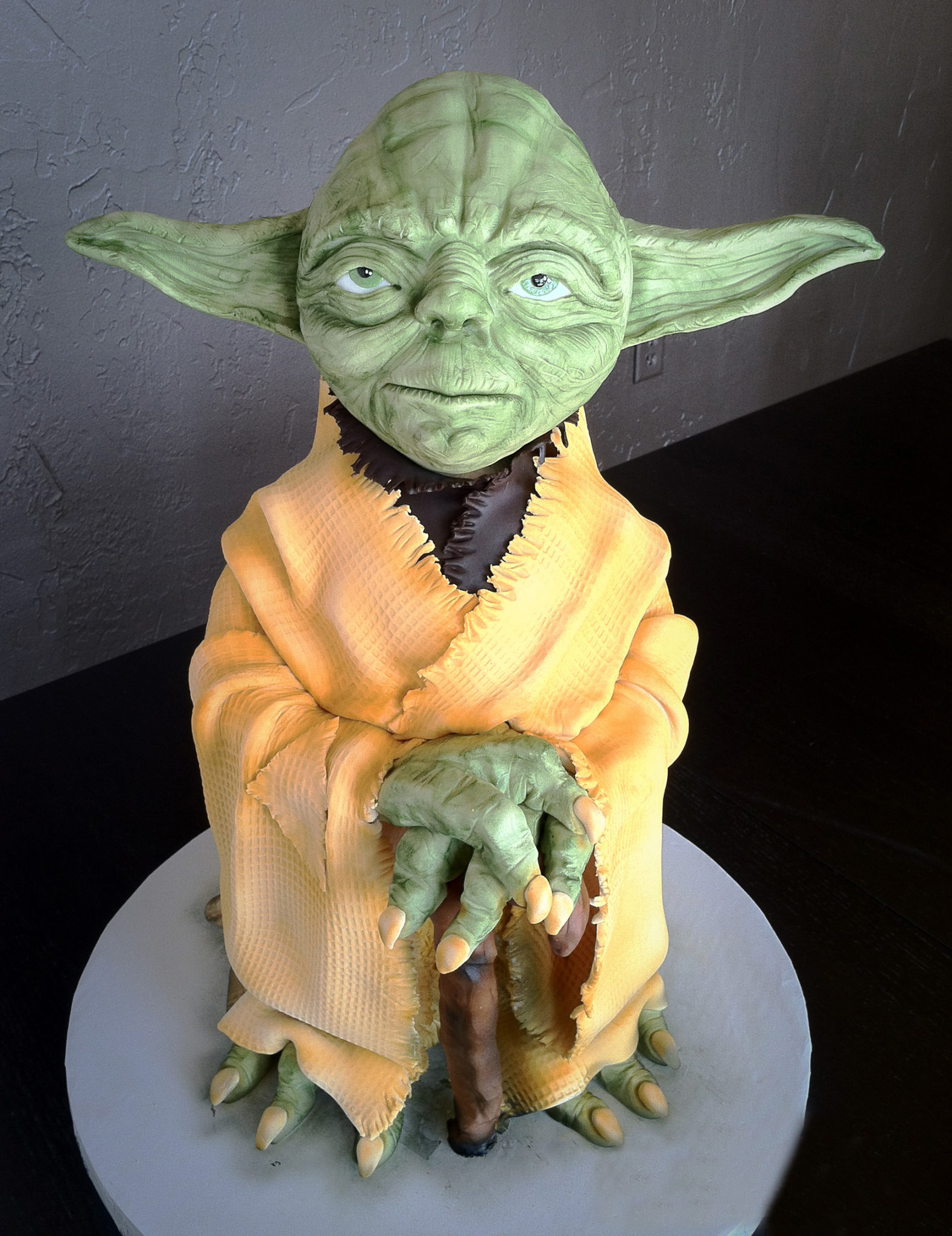 Over the years the cake mix has seen many reinventions. The three main players, Duncan Hines, Pillsbury, and Betty Crocker, are not the only companies to produce a commercial grade product. Even cupcake franchises like Sprinkles have manufactured their own cake mixes. Cake celebrities, like Duff “Ace of Cakes” Goldman has his own wacky line of mixes. There are gluten-free mixes and organic cake mixes readily available at most grocery store chains.
Over the years the cake mix has seen many reinventions. The three main players, Duncan Hines, Pillsbury, and Betty Crocker, are not the only companies to produce a commercial grade product. Even cupcake franchises like Sprinkles have manufactured their own cake mixes. Cake celebrities, like Duff “Ace of Cakes” Goldman has his own wacky line of mixes. There are gluten-free mixes and organic cake mixes readily available at most grocery store chains.
This is the dawn of a Cake Renaissance.
In fact, it has become easy to find healthier cake mix alternatives that appear and taste more like a scratch cake. The demand of the cake-baking consumer to have the ease and consistency of a cake mix will never die. This principle alone will ensure a long life for the cake mix. And as the demand of Americans to eat healthier foods grows stronger, the cake mix, as we know it, will become extinct. Eventually a new cake mix made from real food ingredients will reign supreme.
Cake is cultural. Cake is also sentimental. It reminds us of our celebrations throughout life. And the type of cake we were raised with seems to define our personal definition of what a cake should be. As cake decorators, one goal is to please our family, friends, and clients with our skill, talent, and sense of style and design. But the final destination of a cake is in the mouth and on the tongue. And if you can find a cake recipe, be it cake mix or a scratch cake, one that has the ability to please the masses, then you are half way to creating the perfect cake.
You might be wondering what type of cake I bake. With almost 15 years of professional cake decorating experience under my belt, as an owner of a commercial kitchen having made countless wedding, groom’s, special occasion, and large-scale sculpted cakes for clients as well as competition cakes on Food Network, which one is it? Scratch or mix? My answer is simple…
I’ll show you mine if you show me yours.
Lauren’s Cake Recipes
Cake From A Mix
Pour all ingredients in a bowl and mix for two minutes:
Bake in a 9×13 pan or two 8” round pans at 350 degrees for 25 minutes.
Check for doneness by lightly pressing the center of the cake. If the cake springs back to the touch it’s done. Once the cake has cooled, wrap it in plastic wrap and chill completely in refrigerator before turning out of pan.
Chocolate Buttermilk Cake
1 c. butter (2 sticks butter)
2 1/4 c. sugar
2 eggs
1 tsp. vanilla
2 c. buttermilk
1/2 c. cocoa
3 c. flour, sifted
2 tsp. baking soda
1 tsp. salt
Cream butter; add sugar gradually and beat until fluffy.
Add eggs one at a time, then add vanilla.
Sift dry ingredients together and add alternately with buttermilk to creamed mixture.
Pour batter into 3 (9 inch) layer pans, one a 9” x 13” sheet pan, which have been lightly greased and floured.
Bake in preheated oven at 325 degrees for 25 to 30 minutes. Check for doneness. Remove from oven and cool in pan. Wrap in saran and chill over night before turning out of pan.
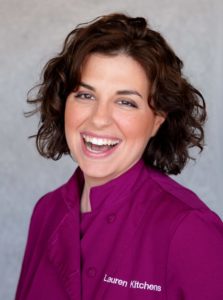 Author Bio:
Author Bio:
In the Spring of 2002, award winning Food Network cake designer Lauren Kitchens started Fancy Cakes by Lauren,
a boutique cake studio in Dallas, Texas.
Inspired by gowns, art and textile, she quickly became the the premiere wedding cake artist in the Dallas wedding industry by working personally with each client and creating breathtaking cakes that mix contemporary and traditional designs. As an expert cake sculptor, Lauren offers her clientele the “impossible” in 3-‐D cakes. And, as an international cake instructor, she brings her knowledge of cake to all who want to learn.
Lauren shares her expertise with cake professionals and enthusiasts all over the world with a selection of imaginative classes, demonstrations, DVDs and on-‐line classes on Craftsy.com. Join her on Facebook or visit her blog for more information. www.FancyCakesByLauren.com
Learn how to make cake from Lauren!
Additional information:
For more tips for getting started click here.
Want to learn how to make Cake Pops? Visit this page.
Join our newsletter and receive inspiration in your mailbox.

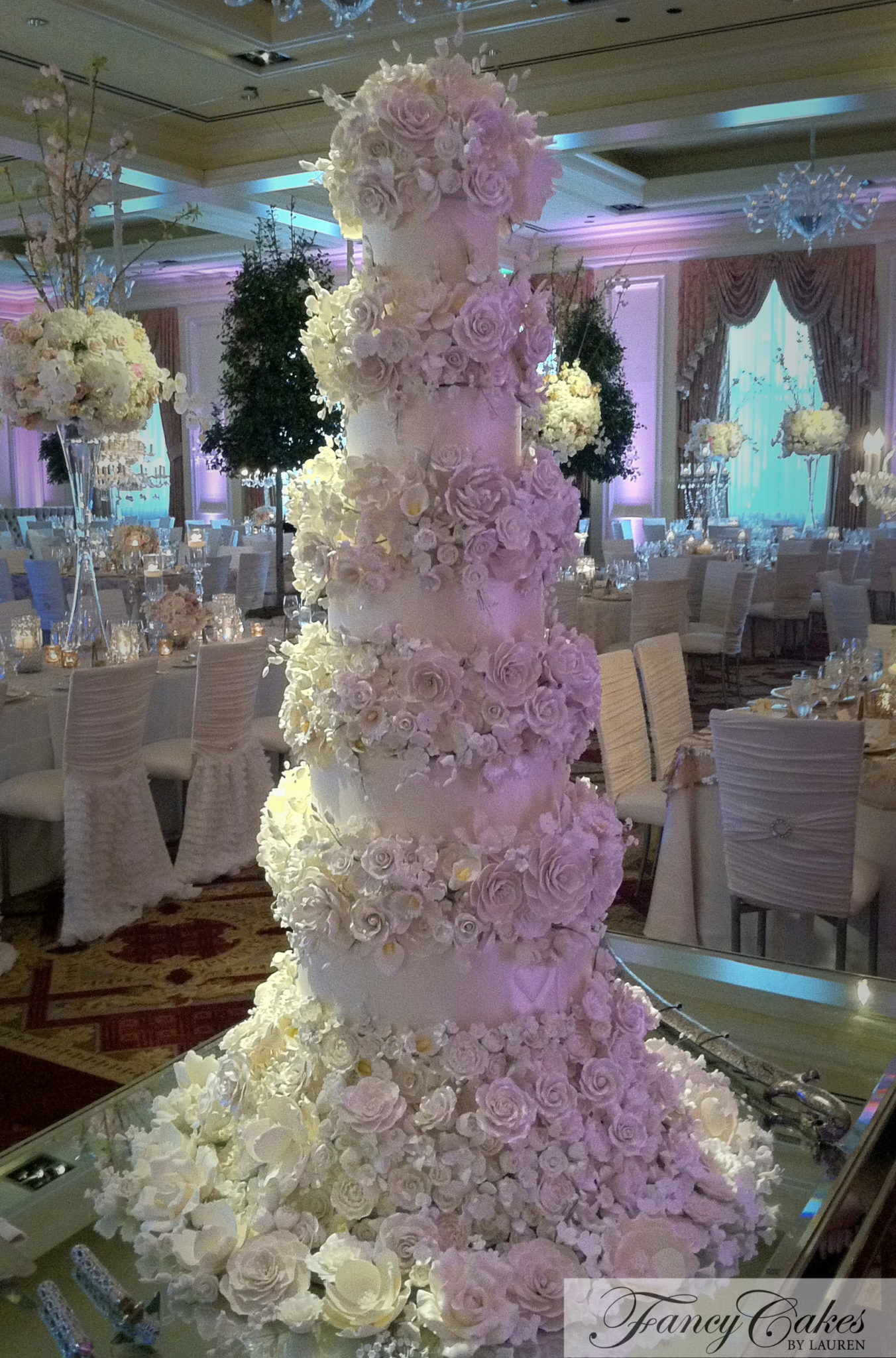
Love this article! I am nowhere near the cake artist that Lauren is but I have found the same to be true. Doctored box mix NEVER fails. I have battled with scratch cakes only to find that they are a very tempermental slecies and IMHO totally NOT worth the headache.
I love this article as well……I have also experimented with scratch cakes and mixes. I still prefer the doctored up cake mixes because that’s what I’ve grown up with. That’s what I’ve come to know and expect for cake. I use the best ingredients in all my cakes and my clients seem to love the cake flavors as well. No shame in cake love!!!!
Argh!! I’m glad you acknowledge that you are an artist but not a pastry chef but I feel that then you should team up with someone who is amd you decorate and they can bake. Cake mixes were intended for home use by busy mom’s. Not by pro’s charging $100’s/$1000’s of dollars for their cakes. I have been a pro baker/decorat or for 7 yrs and I’m sorry but scratch cakes aren’t that temperamental and at least I know what is in my cakes. You can’t claim to use the best quality ingredients and then throw in a box of Pillsbury mix. Please take pride in your craft or go work solely as a decorator and leave the baking of high priced cakes to those of us who appreciate the art.
I bake from scratch and yes, it takes a little experimenting for elevation etc… but it’s certainly not impossible to create consistent results. I also really don’t feel that I should be charging anything for a box I paid $1 for and threw in a few extra ingredients. I know exactly what is in my cakes and my SMBC. I’ve converted many cake “haters” to scratch cakes from box cakes. Because they aren’t that popular. For everyone who likes them, there’s another who doesn’t. I just don’t believe people should be charging high dollar prices for something anyone can do for themselves. I’m not a pastry chef, I’m self taught but I take pride in what’s in my stuff as much as what it looks like on the outside. This is just my opinion of course.
Lauren thanks for keeping it real, I believe you should give your clients what they want and that’s why you’re as successful as you are!
I was a baker for over 20 years. I have decorated over 1,000 wedding cakes and countless special occasion cakes. I, too, used cake mixes. They never fail. Scratch cakes are too heavy. If I want a heavier cake, I just turn my cake mix into a pound cake. Thanks for the discussion!
I didn’t realize that Dottie. Thanks for sharing!
Thank you for the Article – I own a cake shop, and as a trained pastry chef I make my cakes from scratch, and many people enjoy and appreciate that; However, just as many don’t and this article explains this perfectly. I sometimes think I should just use a cake mix and be done with it, but I can’t quite bring myself to do that either, for better or worse. I enjoy scratch cakes myself as that is what I was raised with, but I wonder if I wouldn’t be more successful if I used a mix.
I like them both. They both have their place. Nothing like a scratch made cake though in my opinion, but, I have used and gotten rave reviews with boxed mixes that I’d doctored up. I do however like knowing exactly what is in my cake, especially since I am very allergic and older now.
Just getting on baking as a hobby, I found myself loving this during the lockdown. I find that as long as the cake tastes good I don’t mind if its made from scratch or made from a cake mix. Although I think down the line perhaps my perspectives will change.. hmmm
Thanks for taking the time to comment. Let me know how things turn out!